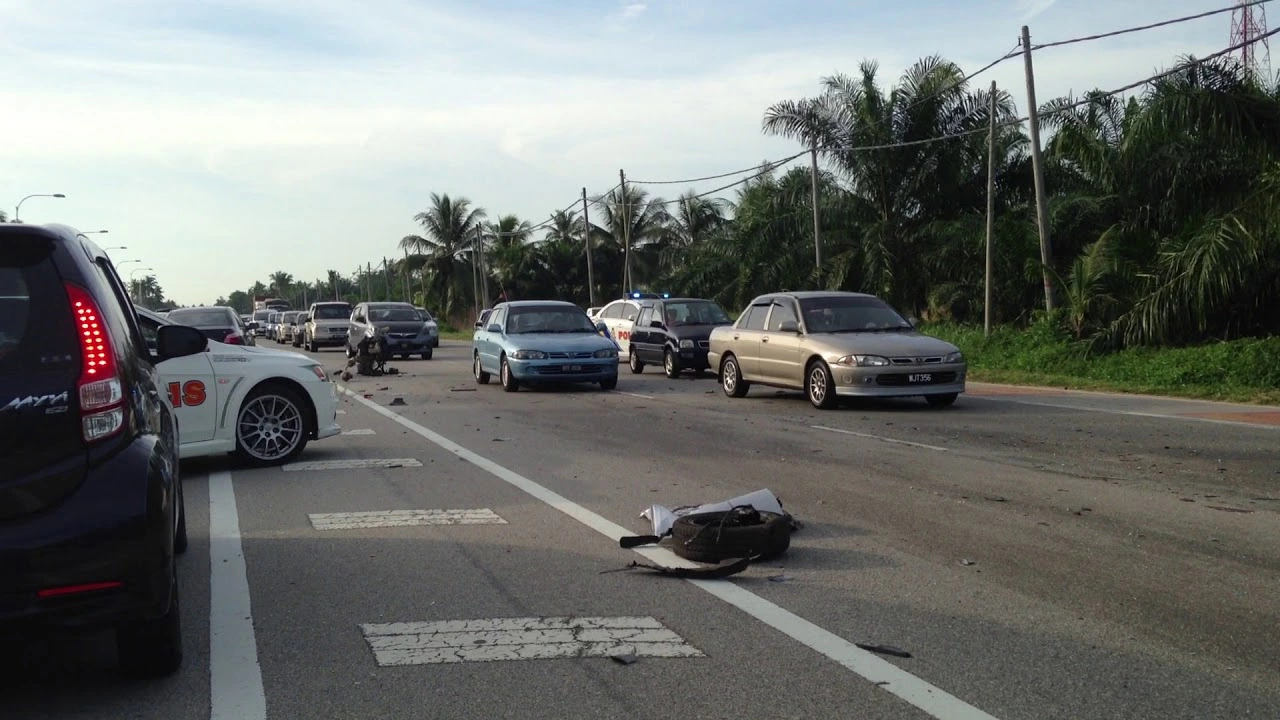Traffic Safety: Simple Ways to Keep Yourself and Others Safe
Every time you get behind the wheel, you have a choice: follow the rules and protect yourself, or ignore them and risk a crash. The good news is that most accidents are preventable with a few basic habits. In this guide we’ll break down everyday actions you can take, share the latest traffic safety news, and show why a little extra effort makes a big difference.
Everyday Driving Tips You Can Use Right Now
First, buckle up. It sounds obvious, but studies still show that many drivers skip the seatbelt on short trips. A seatbelt reduces the chance of fatal injury by about 50 %. Next, keep your speed in check. Speed limits exist for a reason – they match road conditions, traffic flow, and visibility. If you’re 10 km/h over the limit, you need twice the distance to stop.
Distractions are the biggest enemy of safe driving. Put your phone on silent, use a hands‑free kit if you must talk, and pull over for any real conversation. Eating, adjusting the GPS, or even changing the radio station can take your eyes off the road for just a second, and that’s enough for an accident.
Maintain a safe following distance. The classic "two‑second rule" works well on dry roads: pick a fixed point, and make sure you can count two seconds before your car reaches it after the vehicle ahead passes. Increase this gap in rain, fog, or heavy traffic. A larger buffer gives you more time to react if the driver in front brakes suddenly.
Latest Traffic Safety News You Should Know
Recent reports from Indian traffic authorities highlight a rise in helmet use after a new enforcement drive. In the past six months, helmet compliance on two‑wheelers jumped from 45 % to 70 %. The change came after stricter penalties and free helmet distribution programs in several cities. This is a clear example of how policy combined with community effort can improve safety quickly.
Another story making headlines is the introduction of smart traffic lights in Delhi that adapt to real‑time congestion. Early data shows a 15 % reduction in average travel time during peak hours and fewer rear‑end collisions at intersections. While the technology is still rolling out, it shows how simple upgrades can have a big safety payoff.
Finally, health agencies are warning about the danger of driving while fatigued, especially on long highway stretches. A recent study found drivers who sleep less than six hours are twice as likely to fall asleep at the wheel. If you feel drowsy, pull over at a rest area, stretch, or switch drivers. Your body’s signals are there for a reason.
Putting these tips and updates into practice doesn’t require a big overhaul of your routine. Start with one habit – like always wearing a seatbelt – and add another each week. Over time you’ll build a safe driving mindset that protects you, your passengers, and everyone else on the road.
What do you think is the major cause of road accidents in India?
In my opinion, the major cause of road accidents in India is the lack of proper road safety measures and reckless driving habits. Many drivers violate traffic rules, leading to dangerous situations. Poorly maintained roads and vehicles also contribute significantly. Moreover, inadequate driver training and lack of awareness about road safety norms are other serious concerns. The problem is further exacerbated by inadequate enforcement of traffic laws.
More